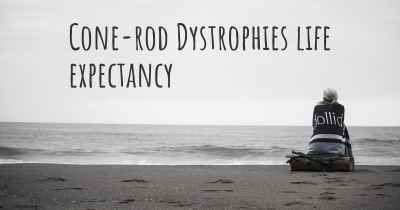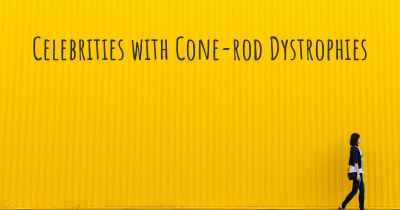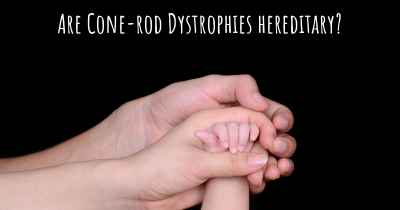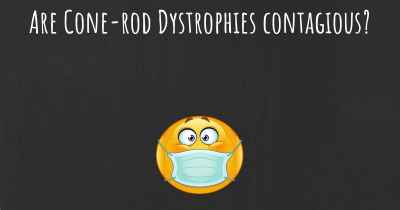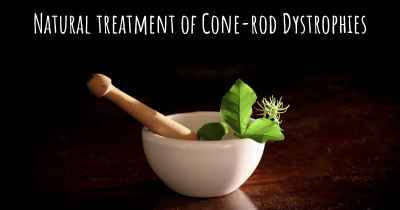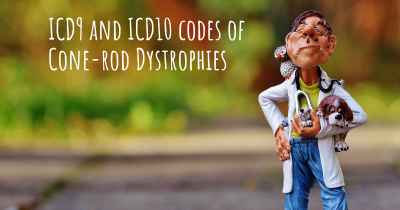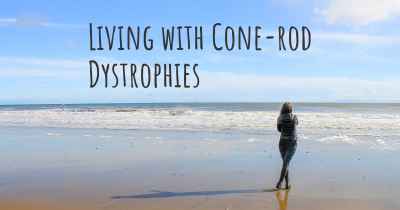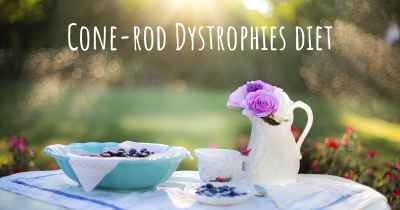Cone-rod Dystrophies and depression
Can Cone-rod Dystrophies cause depression? Could they affect your mood? Find out how Cone-rod Dystrophies can affect your mood.
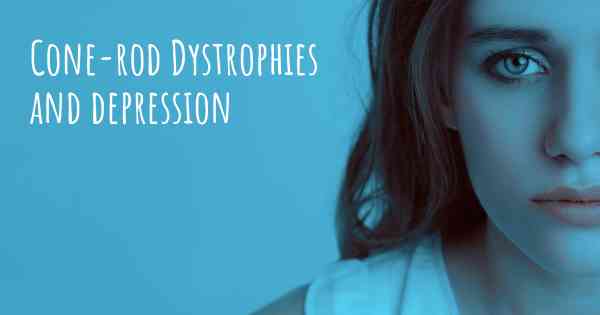
Cone-rod dystrophies and depression
Cone-rod dystrophies (CRDs) are a group of inherited eye disorders that primarily affect the cone and rod cells in the retina. These cells are responsible for detecting light and transmitting visual information to the brain. CRDs can lead to progressive vision loss, color vision abnormalities, and reduced visual acuity.
Living with a progressive vision disorder like CRD can be challenging and can have a significant impact on a person's mental health. Depression is a common psychological condition that individuals with CRD may experience.
Impact of CRDs on mental health
The visual impairment caused by CRDs can lead to various emotional and psychological difficulties. The loss of visual function can result in feelings of frustration, helplessness, and isolation. Individuals with CRD may struggle with activities that were once enjoyable, such as reading, driving, or participating in sports. These limitations can lead to a loss of independence and a sense of identity.
Depression and CRDs
Depression is a mood disorder characterized by persistent feelings of sadness, hopelessness, and a loss of interest in activities. It is not uncommon for individuals with CRD to experience symptoms of depression due to the challenges they face in their daily lives.
Research has shown a strong association between vision loss and depression. The impact of vision loss on mental health can be profound, as it affects a person's ability to engage with the world and maintain social connections. The emotional toll of CRDs can be exacerbated by the progressive nature of the condition, as individuals may experience a continuous decline in their visual abilities.
Managing depression in individuals with CRDs
It is crucial for individuals with CRDs and their loved ones to be aware of the potential risk of depression and seek appropriate support and treatment. Here are some strategies that can help manage depression:
- Seek professional help: Consulting with a mental health professional, such as a psychologist or psychiatrist, can provide valuable support and guidance in managing depression.
- Build a support network: Connecting with others who have similar experiences can be beneficial. Support groups or online communities can provide a sense of belonging and understanding.
- Adaptation and coping strategies: Learning adaptive techniques and coping strategies can help individuals with CRDs navigate their daily lives more effectively and reduce the impact of vision loss on their mental well-being.
- Engage in enjoyable activities: Encouraging individuals with CRDs to participate in activities they enjoy, even if modifications are needed, can help improve their mood and overall well-being.
- Open communication: Encouraging open and honest communication within the family and support system can help individuals with CRDs express their feelings and concerns, reducing the sense of isolation.
Conclusion
Living with cone-rod dystrophies can be emotionally challenging, and individuals with CRDs may be at a higher risk of experiencing depression. Recognizing the potential impact on mental health and seeking appropriate support and treatment is essential. By implementing strategies to manage depression and enhance overall well-being, individuals with CRDs can lead fulfilling lives despite the challenges they face.
